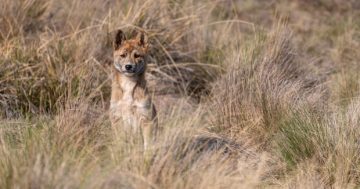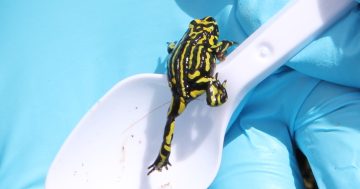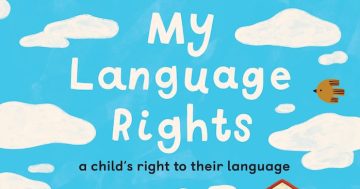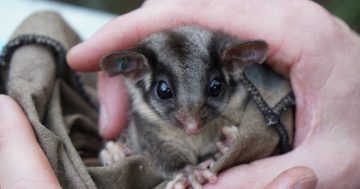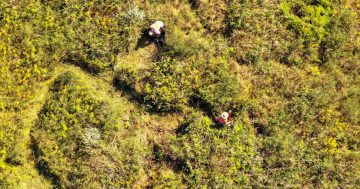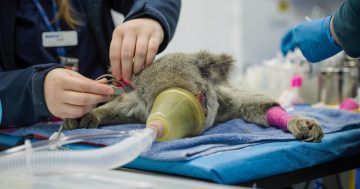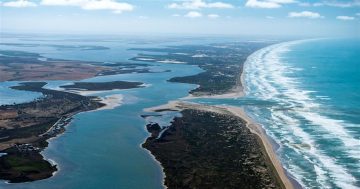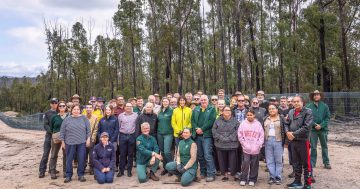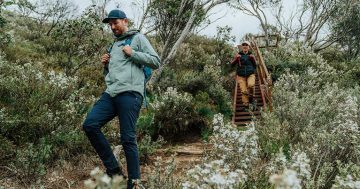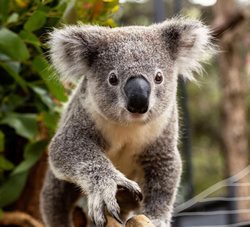 Visitors to Taronga Zoo can now walk among kangaroos and wallabies, come paw-to-paw with dingoes and see koalas up close with a new native wildlife experience open on Cammeraigal country in Sydney.
Visitors to Taronga Zoo can now walk among kangaroos and wallabies, come paw-to-paw with dingoes and see koalas up close with a new native wildlife experience open on Cammeraigal country in Sydney.
Welcoming the opening of Nura Diya Australia, Minister for the Environment, Penny Sharpe said the new precinct was an inspiring way for guests to be moved by the beauty and diversity of Australian wildlife and the habitats that they called home.
“This precinct offers a unique opportunity to experience in close proximity some of Australia’s most iconic wildlife right in the heart of Sydney, including dingoes which have been returned to Taronga Zoo for the first time in 14 years,” Ms Sharpe said.
“Australia is home to extraordinary wildlife and landscapes that cannot be found anywhere else on earth,” she said.
“Meeting these species face to face is an important way for Australians to forge lifelong connections with wildlife and to understand on a deeper level what’s at risk if we don’t take action.”
Ms Sharpe said the name Nura Diya is from Sydney First Language and means ‘This Country’.
“These words have been gifted to Taronga through ongoing and respectful consultation with First Nations People, including Taronga’s Aboriginal Advisory Group, Cammeraigal and First Nations staff,” she said.
Chief Executive of Taronga, Cameron Kerr said Australia was home to the oldest living continual culture on earth and Nura Diya Australia celebrated that by embedding powerful storytelling from First Nations Artists.
“The Nura Diya Australia journey starts as guests walk through two impressive 4.5-metre-tall Angophora Bark sculptures created by First Nations artist Jacob Nash and honour the deep connection trees have to Cammeraigal Country,” Mr Kerr said.
“Trees are fundamental to habitat and the environment, and 198 native trees have been protected and given a new life as part of the habitat across this precinct,” he said.
“We are all a part of Country, and we can all protect the biodiversity of Australian wildlife and wild places by making simple, sustainable choices.”
Mr Kerr said Nura Diya Australia would ultimately be home to 270 individual animals from 23 different species.


